DC Electronic Loads
Filters
Filters
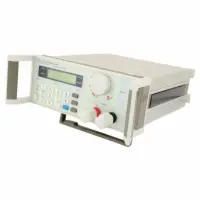
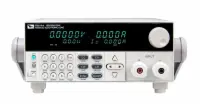
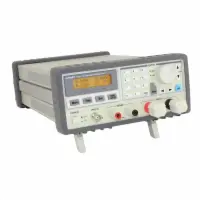
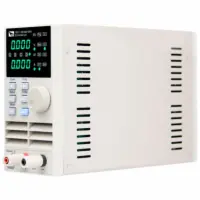
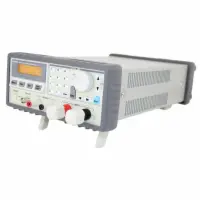
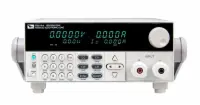
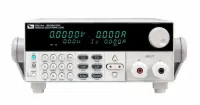
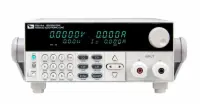
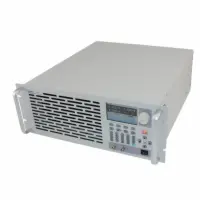
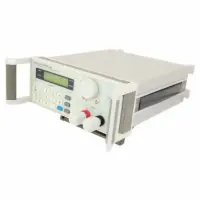
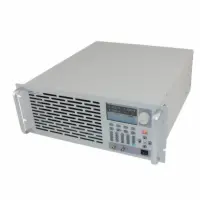
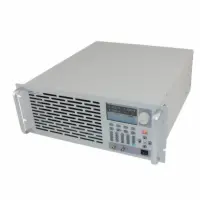
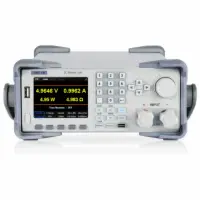
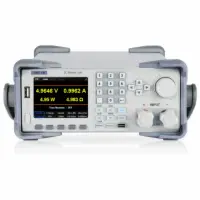
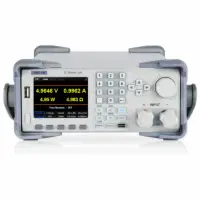
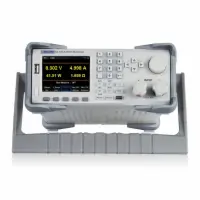
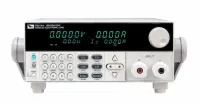
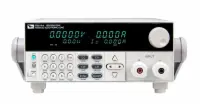
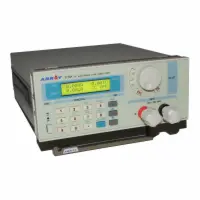





Overview
Below is a list of information covering any questions you may have in selecting an electronic load..
- Implementing Electronic Loads
- Understanding DC Electronic Loads
- Choosing a DC Programmable Electronic Load
- Examples of High-Power DC Electronic Load Testers
Once you are finished scroll back up and look through our inventory for an electronic load that meets your needs. We at here Circuit Specialists ensure you that we only work with the best manufacturers to provide you the highest quality service and product.
Implementing Electronic Loads
Power devices must be tested for their various states of operation. Take, for instance, batteries. These must be tested for hundreds or thousands of cycles to determine factors like quality, longevity, durability, reliability, and expected lifetime.
Electronic loads are used by numerous manufacturers in multiple industries, such as:
- car batteries
- Fuel-cells
- Motors
- cellular phones/devices
- solar panels
- oil and gas products
—and other similar industries where power must be tested.
Programmable electronic loads are useful for determining characteristics and providing discharge test data for engineers. They’re also particularly useful for aerospace, commercial electronics, defense, and similar utilities where special modes of operation are required and need testing.
Understanding DC Electronic Loads
As mentioned earlier, programmable electronic loads can emulate either AC or DC loads. DC loads are used when testing DC power supplies such as battery chargers, converters, fuel cells, batteries, telecommunications rectifiers, and the like.
AC loads, on the other hand, are used when testing single-phase and 3-phase AC power systems. These include sources such as power inverters, automatic fuses and switches, and UPS systems. They can also test renewable sources of energy, such as solar panels and windmills.
There are currently four types of DC electronic loads available on the market. These are (1) benchtop, (2) slot, (3) system, and (4) modular. Each one, as one may guess, have distinct features and benefits.
- Benchtop—the most common, “entry level” type of electronic load. They’re inexpensive and quite limited in range and accuracy
- Slot—quite similar to the benchtop type, only it measures a single set of variables
- System—a little more costly than benchtop, system type electronic loads consist of one integral transient generator. They provide a variety of features and are perfect for near-continuous duty.
- Modular—these types of electronic loads are designed for dynamic loads and consist of a computer chassis. They are capable of testing multiple different power supplies connected along a parallel with just one single pass.
Different types of electronic loads have different frequencies, input voltage, power, and current. The loads can be connected in parallel to gain as much as 120KW of power and effectively increase their capacity. Many come in various configurations to accommodate the different kinds of loads, like the high current loads, high voltage, or dynamic.
Most DC electronic loads available use either one transistor/FET or an array of parallel connected transistors/FET’S (also known as IGBT’s) in order to act as a variable resistor. These are typically mounted onto a heat sink and cooled with fans or water.
Other useful features of DC programmable loads include their ability to simulate other types of load, such as a DC motor. They can also be pulsed very rapidly to mimic switching a DC motor on and off. Lastly, DC programmable loads can be used to draw small amounts of power to simulate a slow drain of a battery to some external load.
There are dozens of electronic loads on the market right now that offer programmability and the ability to emulate various modes like:
- Constant-voltage
- constant current
- constant power
- constant resistance
- Dynamic
- short circuit
- crest factor
- power factor
Each mode can be programmed to dynamically change depending on the needs that must be met. This makes for greater testing flexibility. High-power testing applications are possible with DC programmable loads that have more than 100W wattage.
Choosing a DC Programmable Electronic Load
There are a myriad of benefits to using DC Programmable Electronic Loads to test equipment. Generally speaking, manufacturers that use such tools to thoroughly test their equipment prior to any sort of production increase their competitive advantage. What’s more, proper testing will more often than not yield equipment that is more accurate, precise, and robust.
Choosing a DC Programmable Electronic Load that best suits your desired application is fairly straightforward. However, the sheer number of options available on the market can be a little overwhelming—especially if it’s your first time purchasing one. There are definitely some things you should consider when choosing the best programmable load for you.
Purchasing a Programmable Load: Points to Consider
- What are the lowest & highest voltage points that you need the DC programmable electronic load to read?
- What kind of measurements are needed (RMS measurements, digitized, etc.)?
- What is the highest current operating point that the electronic load may need to read?
- Will the electronic load be testing one unit per test or will you need to test several units?
- Does the DC electronic load have front panel connections (this may be critical to reduce cable drop and increase the accuracy of the electronic load)?
- Can your electronic load be quickly reconfigured for changing applications?
Once you have determined which tests you need to perform, you will be ready to select the right DC electronic load. Earlier, we listed the different modes a programmable electronic mode can emulate. However, there are only four major modes of operation for a DC electronic load:
- constant current (CC)
- constant voltage (CV)
- constant resistance (CR)
- constant power (CP)
Constant current (CC)—or current-controlled—mode is when the load’s power supply basically acts as a current source. The current flowing through the output terminals is kept constant while the output voltage varies, depending on the current load conditions.
Constant resistance (CR) mode allows users to set the resistance value. The load will then adjust the current draw inversely to compensate for any change to the testing voltage.
Constant voltage (CV) mode allows the user to set a fixed voltage. The electronic load will sink the necessary current to keep the voltage at the set level.
And constant power (CP) mode allows users to set the wattage level required for their test. The load will then adjust the current draw proportionately to compensate for any changes in the voltage. These settings will remain constant, unless there is an event that triggers one of the protection modes.
A well-designed DC programmable electronic load will always control the current. No matter what mode the load is in, it should always be controlling the current. This allows users to set a current level that the DC load will draw regardless of any changes in voltage.
Some DC programmable electronic loads, like the Array 3720A, can come with further operational modes following the four major ones. For instance, the same model listed has eight basic test modes after CC, CR, CV, and CP. These modes are:
- CCH – constant current, high range
- CCL – constant current, low range
- CV – constant voltage
- CRL – constant resistance, low range
- CRM – constant resistance, medium range
- CRH – constant resistance, high range
- CPV – constant power-voltage
- CPC – constant power-current
Each operating mode serves a specific function during intensive testing. DC electronic loads typically include standard PC interface features such as the RS-232 and USB (GPIB may also be provided). Using your computer to control and record testing data through an electronic load can help you set the DC load’s control parameters as well as record all events that occur during the testing period.
Examples of High-Power DC Electronic Load Testers
Although your own specific needs will dictate what kind of DC programmable electronic load you should get, it’s always a good idea to opt for the high-power models. Aside from the questions that we listed above, you also need to take into consideration three (3) important features of a programmable load: the voltage rating, the current rating, and the power rating.
The power rating here doesn’t refer to the power supply for the load. Every DC electronic load has roughly a standard power supply, and this power supply dictates the load’s maximum voltage and current. Instead, the power rating here actually refers to the product of the voltage rating multiplied by the current.
That power rating is what will guide you to choose a DC programmable load that can handle the maximum voltage and current you need it to.
Take the Array 3755A, for example. This high-power DC programmable electronic load is designed for high performance and powerful test functions. Its minimum operating voltage is less than 2V. Its maximum current can be achieved even if the input voltage is 0V. It has a powerful sequential test function; with a minimum step time of 50mS and a maximum step time of 99999S.
The Array 3755A is designed for high-efficiency and robust reliability. It is capable of performing in even the most complicated of test environments, and it comes equipped with an intelligent cooling system built to enhance power density.
The Siglent SDL1020X-E 150V-30A is another example of a high-power DC electronic load that comes highly recommended. Its input range is 150 Volts, 30 Amps, and 200 Watts. Aside from a handful of neat features—such as a dynamic test mode up to 24 kHz and a battery discharge function—this model offers stability and reliability over a wide range of built-in applications. It has multiple modes and special configurations that allow it to meet all kinds of testing requirements.
This DC programmable electronic load is perfect for testing handheld devices, LED lighting, automotive electronics, and aerospace.
And, finally, the ITECH IT8512B-PLUS 500V 15A. Part of the ITECH IT8500+ series, this electronic load is as powerful as they come. Designed for mid- and high-end applications, this programmable load offers multiple solutions depending on the design and testing requirements.
With handy such as remote sense, dynamic mode up to 10KHz, and 100 groups memory capacity, this model can handle rigorous static and dynamic equipment testing with ease. Users can perform online voltage features measurements and extensive testing for power supplies, DC batteries, DC converters, chargers, and other similar sources.
Here's some additional important & relevant information on electronic loads that may be helpful to read:
